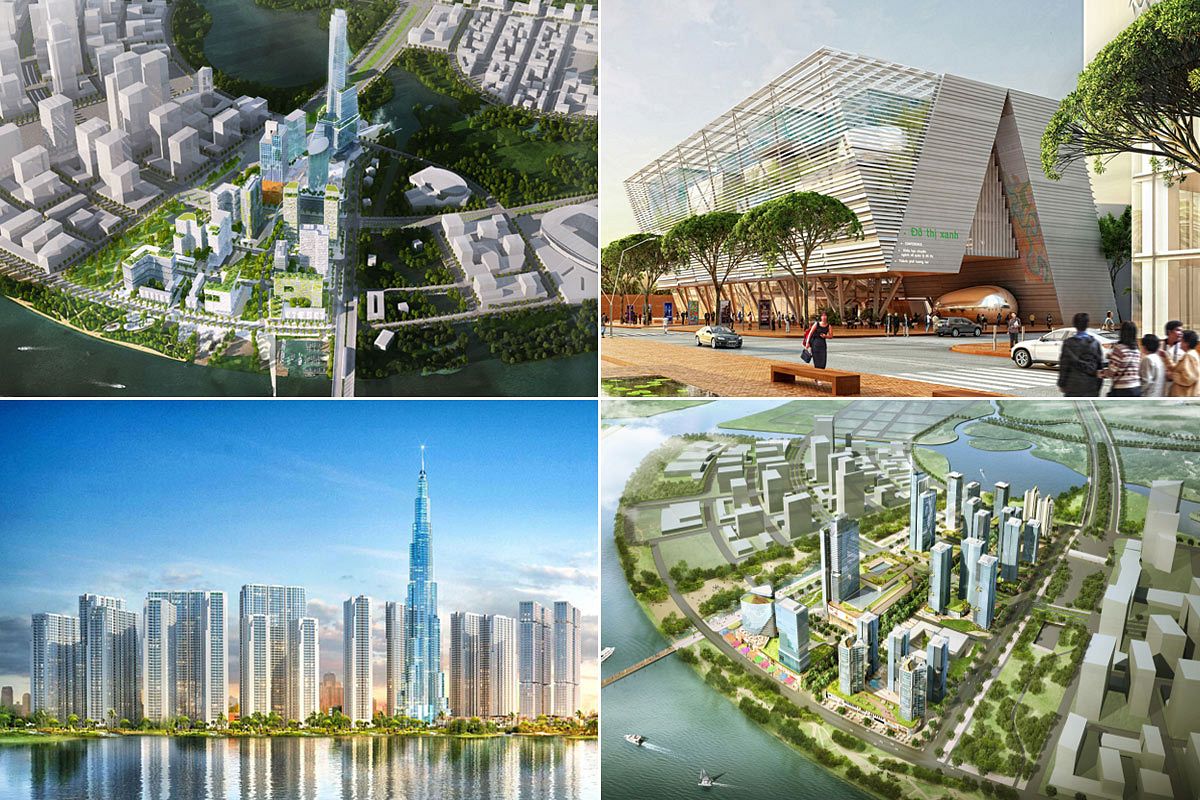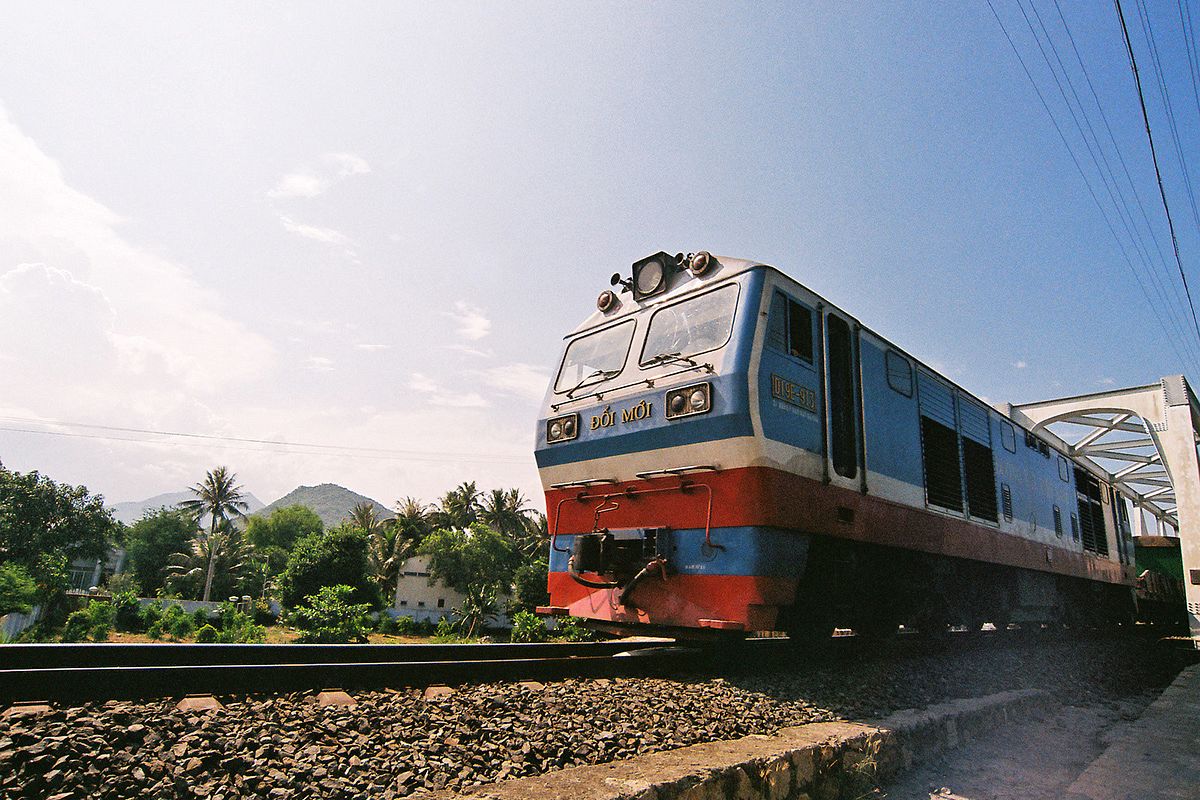Saigoneer is proud to be the media sponsor of Da Nang: COASTAL City, a large-format photo book exploring the urban development, landscapes and people of Central Vietnam. Produced with the support of the Goethe Institute as well as funding from Audi, the publication is split into five chapters, each covering a major theme related to Central Vietnam's urban development. Over the course of the next few weeks, we’ll be giving you an overview of the book's fantastic photos. Today, we’ll start with the first chapter: "Views From Above".
The photo book Da Nang: COASTAL City will be available on Amazon as well as at Artbook bookstores in Vietnam from the beginning of April for VND900,000. Discount copies (VND700,000) can be ordered directly from Michael Waibel at waibel_michael@yahoo.de.

During recent years, more and more high-rise buildings have been mushrooming in the coastal city of Da Nang, contributing to an emerging skyline. All in all their number is still limited, though, compared to cities like Ho Chi Minh City or Hanoi. In Hoi An or Hue there are hardly any high-rise buildings visible at all. That is why the overwhelming part of the photos shown within this chapter have been taken by a drone or a flycam.

Aerial pictures of the urban landscape of Da Nang, indeed, reveal that the overwhelming majority of urban space is still composed of a seemingly endless maze of low-rise buildings. There are just a few iconic landmarks, though, most prominent among them the Dragon Bridge and city hall. At night all bridges and major buildings are illuminated, turning Da Nang into a “City of Lights”.

Another prominent landmark of Da Nang is certainly the tallest Quan Am statue in Vietnam. Standing on the Son Tra Peninsula, the 67-meter-high statue of the bodhisattva of mercy is 17 meters in diameter and has 17 floors.

More photos from above show the natural charm of the Marble Mountains, an amazing topographic landmark south of Da Nang, and the former French hill station Ba Na at 1,000 meters above sea level beautifully embedded into a mountainous region about 40 kilometers west of Da Nang. The whole area has been converted in recent years into a leisure park and major tourism site.

The views shot over Hoi An reveal the inherent beauty of the ancient town. It is amazing to see the homogeneity of the red brick roof tiles and of the old buildings in general. These images also illustrate the successful efforts of urban planning authorities to preserve the unique character of this UNESCO world heritage site. In addition, you can observe that in the areas adjacent to the ancient town urban planning regulations are being applied. For example, at An Hoi River Island you can see that homogenous roof types and building structures are required as well. Among others things, this indicates that the economic benefits expected from tourism can contribute to urban preservation.
The views shot over Hue show the impressive physical layout of the Imperial Citadel and of the Imperial Palace. Looking at those pictures you can still recognize the architectural style of the French military and fortification engineer Vauban. The views also illustrate that Hue is very much a green city. The latter is a unique feature of Vietnam which should be preserved at any means. Other photos of Hue show the beauty of Hue’s religious architecture. For example, the famous Thien Mu Pagoda with its seven-story Phuoc Duyen Tower or the Lady of Perpetual Help Church, whose architecture displays a mix of European and Asian influences.

[Photos courtesy of Da Nang: COASTAL City]














